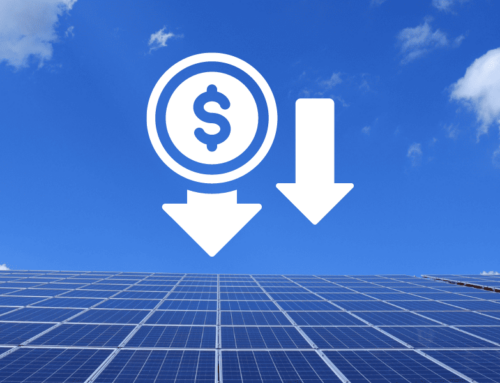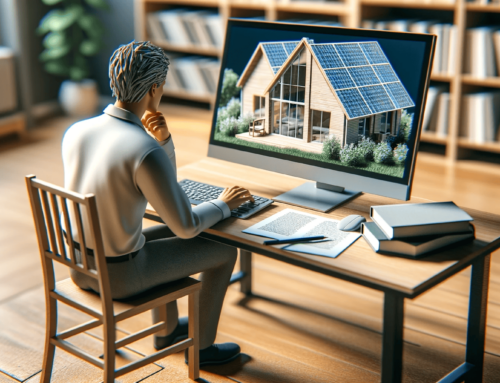It may seem obvious, but not all solar cells are the same. From the design of the solar cell to the type of silicon used, there are many things that determine the efficiency and durability of solar panels. It can be quite overwhelming to understand what’s out there and what’s right for your home, so we’ll try to break it down for you.
Here are two main cell technologies: back-contact solar cells and front-contact solar cells. What makes these technologies different?
Most solar cells, including front-contact Passivated Emitter and Rear Cell (PERC) solar panels, have metal ribbons on the front of the panel that carries electricity through the cells. These are an advancement in conventional solar cells. One of the main ways solar cells lose efficiency is when sunlight is insufficiently absorbed by the cell and, therefore, cannot be converted to solar energy. With front-contact PERC technology, sunlight has a second chance to be captured through an additional layer on the back of the solar cell that also reflects sunlight into the cell. When absorbed, this additional sunlight can generate more solar power than what occurs in a conventional solar cell.
In back-contact solar cells, also known as Interdigitated Back Contact (IBC), the contacts are in the back of the solar cell. So, the entire front of the solar cell can be exposed to the sun — with no shading from metal ribbons. Back-contact solar cells use more of the light spectrum to create more energy, which results in higher performance.
Beyond solar cell technology, it’s important to keep in mind that there are many components that make up a full solar system, including the inverters and mounting system. All these components vary by manufacturer and solar installer. Be sure that your solar panels, as well as all the other components of the system, have been tested for durability and reliability by the solar provider so that you get the benefit of your solar system for a long time.
Whether you choose front-contact or back-contact solar cell technology, be sure to check the warranty for complete coverage of your entire system. Products should be rigorously tested and certified to meet comprehensive quality standards, with ongoing onsite manufacturing and shipment inspections of all suppliers. Check if the warranty includes product coverage on materials, workmanship, and power coverage that guarantees the power output of your panels for years to come.
Let us answer all of your solar questions to help you decide what is right for your home.







